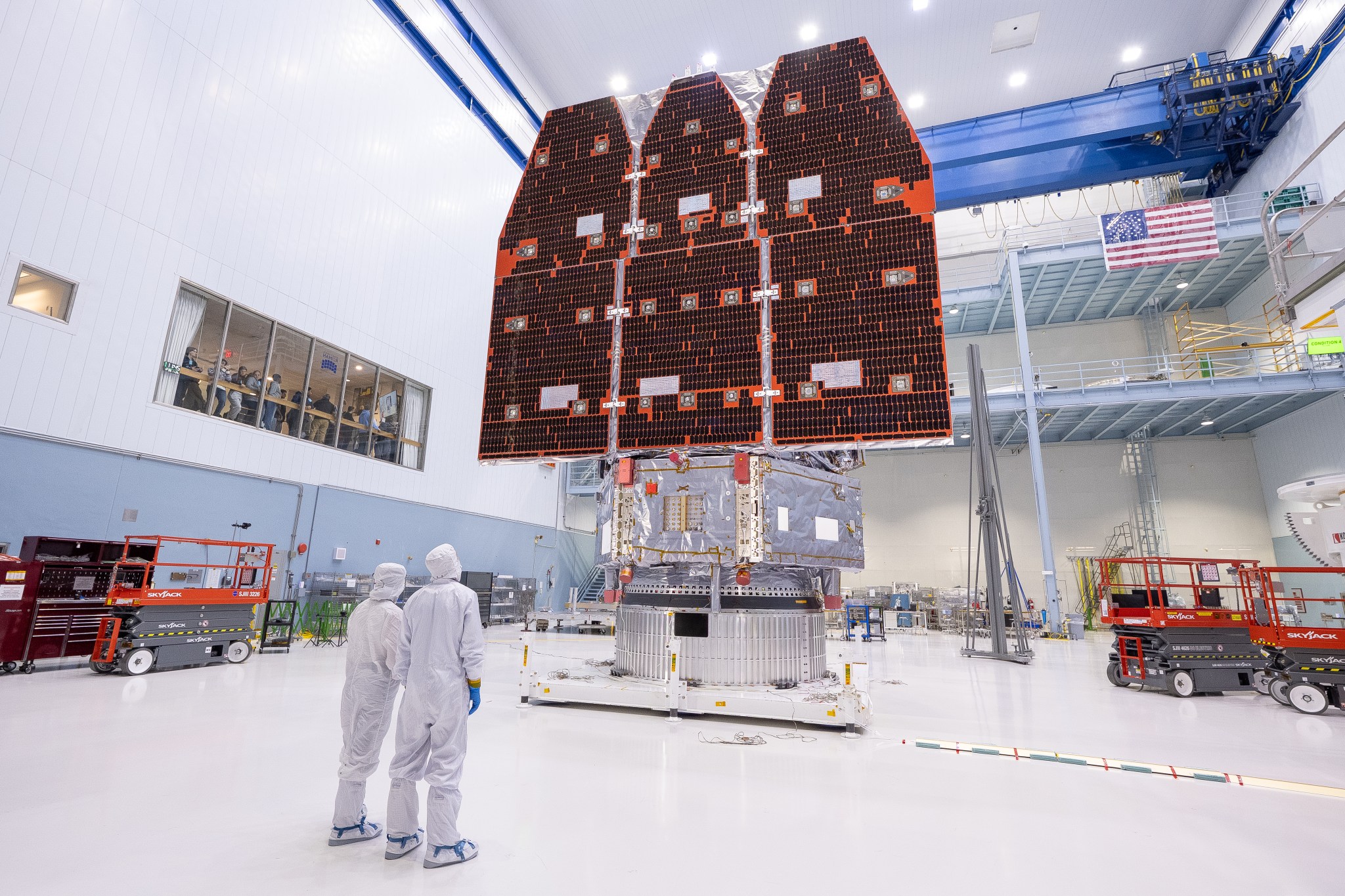Activity on Comet 67P/Churyumov-Gerasimenko continues to rise, with new images from OSIRIS showing that some regions remain active even after nightfall. This report is provided by the OSIRIS team at the Max Planck Institute for Solar System Research (MPS) in Germany. Rosetta’s scientific camera OSIRIS captured the sunset jets in the Ma’at region of the comet’s small lobe in late April. Images were taken approximately half an hour after the Sun had set over the region and show clearly defined jets of dust escaping into space. “Only recently have we begun to observe dust jets persisting even after sunset,” says OSIRIS Principal Investigator Holger Sierks from the Max Planck Institute for Solar System Research (MPS) in Germany. Until recently, the comet’s activity originated from illuminated areas on the day side. As soon as the Sun set, these jets subsided and did not re-awaken until after sunrise the following day. One recent exception was the event captured on 12 March, which caught the onset of a dust jet at the brink of dawn, in the Imhotep region on the comet’s large lobe. According to the OSIRIS scientists, the sunset jets are another sign of the comet’s increasing activity. “Currently, 67P is rapidly approaching perihelion in mid-August,” says Sierks. “The solar irradiation is getting more and more intense, the illuminated surface warmer and warmer.” At the time the image was taken, the comet was 270 million kilometres from the Sun. By the time the comet reaches perihelion on 13 August, the separation will be just 186 million kilometres. The OSIRIS team think that the comet can store the incoming heat for some time beneath its surface, resulting in sustained activity from these regions even after nightfall. “While the dust covering the comet’s surface cools rapidly after sunset, deeper layers remain warm for […]
from Rosetta - ESA's comet chaser » Rosetta - ESA's comet chaser http://ift.tt/1Ipzx4t
via IFTTT
Tools and thoughts!
Subscribe to:
Post Comments (Atom)
NASA’s Nancy Grace Roman Space Telescope Completed
Over the course of several hours, technicians meticulously connected the inner and outer segments of NASA’s Nancy Grace Roman Space Tel...

-
NASA has exercised the second option of its Information Technology and Multimedia Services (ITAMS) contract with DB Consulting Group, Inc., ...
-
4 min read NASA X-ray Telescopes Reveal the “Bones” of a Ghostly Cosmic Hand Credit: X-ray: NASA/CXC/Stanford Univ./R. Romani e...

No comments:
Post a Comment